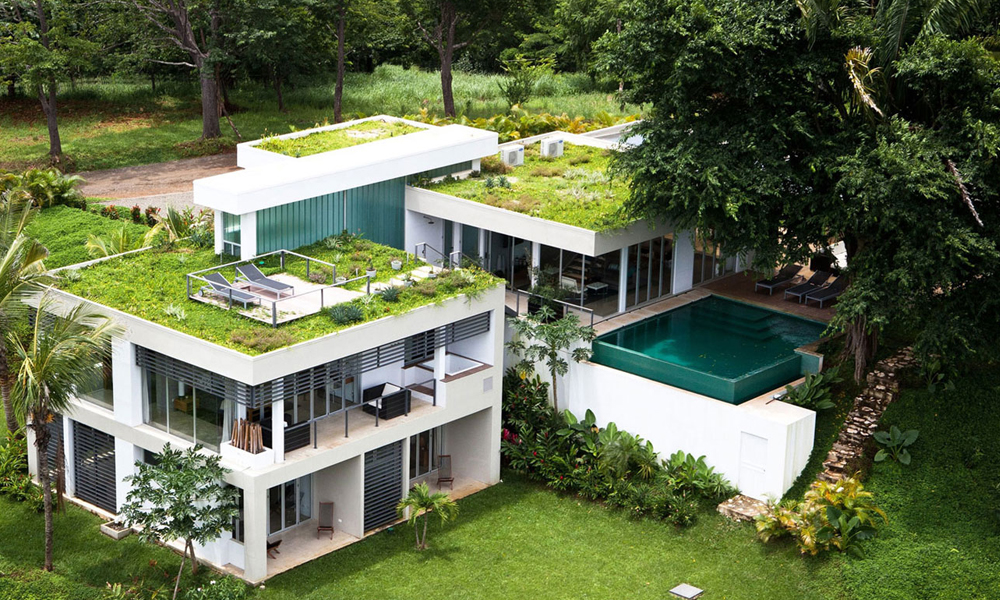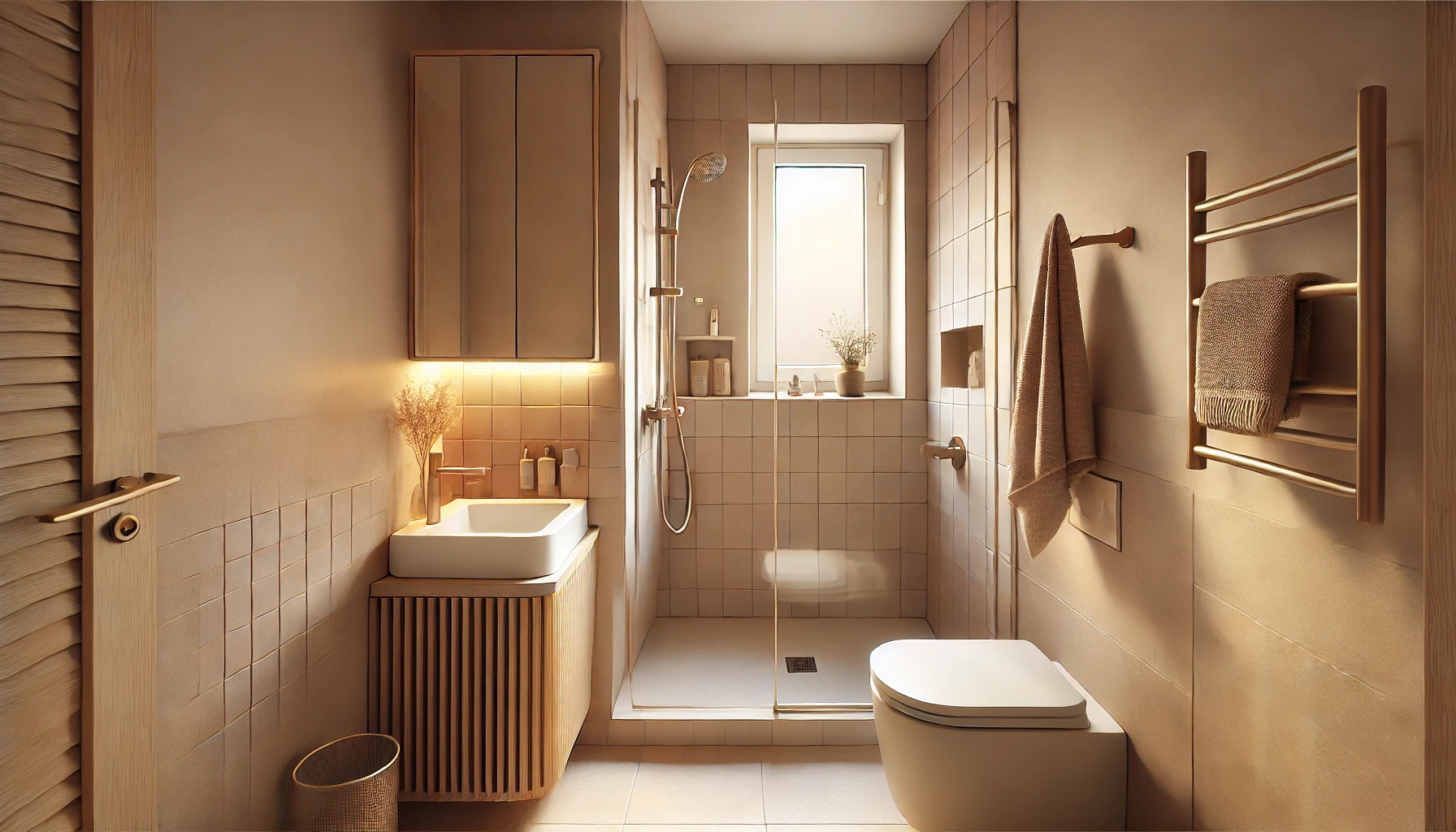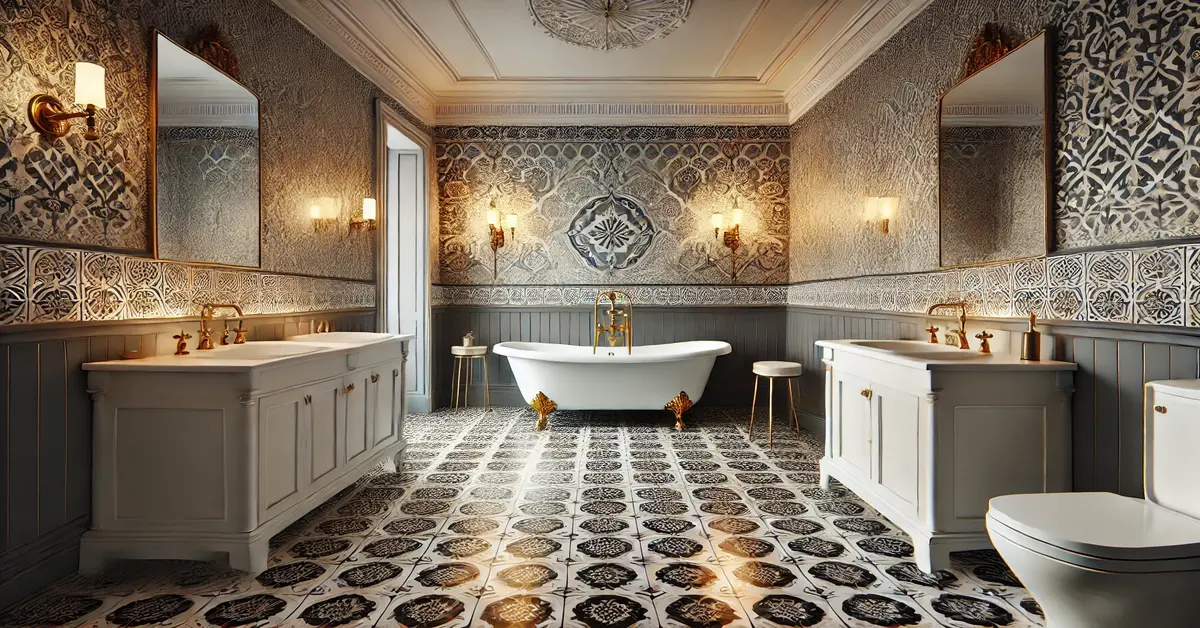Sustainable Home Design Eco-Friendly Materials and Practices
Sustainable Home Design: Eco-Friendly Materials and Practices
In today’s world, the importance of sustainable home design cannot be overstated. As we face environmental challenges, adopting eco-friendly materials and practices in our homes is essential for reducing our carbon footprint and promoting a healthier planet. This comprehensive guide delves into the key elements of sustainable home design, offering insights into materials and practices that not only benefit the environment but also enhance the quality and efficiency of our living spaces.
Understanding Sustainable Home Design
Sustainable home design focuses on creating living environments that are environmentally responsible and resource-efficient throughout a building’s life cycle—from siting to design, construction, operation, maintenance, renovation, and deconstruction. The goal is to minimize the environmental impact while maximizing occupant health and comfort.
Key Principles of Sustainable Home Design:
- Energy Efficiency: Reducing energy consumption through efficient appliances, lighting, and HVAC systems.
- Water Conservation: Implementing systems and fixtures that minimize water use.
- Material Selection: Choosing sustainable, non-toxic, and locally sourced materials.
- Indoor Environmental Quality: Ensuring good air quality and natural lighting.
- Site Optimization: Designing homes that work with the local climate and ecosystem.
Eco-Friendly Building Materials
Selecting the right materials is crucial in sustainable home design. Here are some top eco-friendly materials to consider:
- Bamboo: A fast-growing, renewable resource, bamboo is stronger than many traditional hardwoods and can be used for flooring, cabinetry, and structural elements.
- Recycled Steel: Utilizing recycled steel reduces the need for new steel production, conserving resources and energy. It’s ideal for framing and structural supports.
- Sheep’s Wool: Beyond its use in textiles, sheep’s wool serves as an excellent natural insulator, offering thermal and acoustic benefits. It’s renewable, biodegradable, and has a lower environmental impact compared to synthetic insulation materials.
- Reclaimed Wood: Salvaged from old structures, reclaimed wood adds character to interiors and reduces the demand for new lumber, preserving forests and reducing waste.
- Hempcrete: A bio-composite made from the inner fibers of the hemp plant mixed with lime, hempcrete provides insulation and is both lightweight and durable.
- Straw Bales: Used in walls, straw bales offer high insulation values and are a renewable resource, making them an excellent choice for sustainable home design.
- Rammed Earth: This technique involves compacting a mixture of earth and stabilizers to create sturdy walls with excellent thermal mass properties.
- Recycled Plastic: Incorporating recycled plastics into building materials helps reduce waste and can be used in products like composite lumber for decking and outdoor furniture.
- Cork: Harvested from the bark of cork oak trees without harming them, cork is renewable and can be used for flooring and insulation.
- Linoleum: Made from natural materials like linseed oil, wood flour, and cork dust, linoleum is biodegradable and a durable flooring option.
Sustainable Building Practices
Incorporating sustainable practices during the design and construction phases further enhances a home’s eco-friendliness:
- Passive Solar Design: Orienting the home to maximize natural light and heat from the sun reduces reliance on artificial lighting and heating systems.
- Green Roofing: Installing vegetation on rooftops improves insulation, reduces stormwater runoff, and promotes biodiversity.
- Rainwater Harvesting: Collecting and storing rainwater for irrigation and non-potable uses conserves municipal water resources.
- Energy-Efficient Windows: Utilizing double or triple-glazed windows with low-emissivity coatings minimizes heat loss and gain, enhancing energy efficiency.
- Low-VOC Paints and Finishes: Choosing products with low volatile organic compound (VOC) emissions improves indoor air quality and reduces health risks.
- Smart Home Technology: Implementing systems that monitor and optimize energy and water usage leads to more efficient resource management.
- Permeable Landscaping: Designing outdoor spaces with permeable materials allows rainwater to infiltrate the soil, reducing runoff and promoting groundwater recharge.
Benefits of Sustainable Home Design
Adopting sustainable home design principles offers numerous advantages:
- Environmental Impact: Reduces resource consumption and greenhouse gas emissions.
- Economic Savings: Lowers utility bills through energy and water efficiency.
- Health and Well-being: Enhances indoor air quality and natural lighting, contributing to occupant comfort.
- Resilience: Improves the home’s ability to withstand environmental stresses and reduces maintenance costs.
How to Get Started with Sustainable Home Design
If you’re looking to build or renovate your home sustainably, here are some simple steps to get started:
- Assess Your Current Home: Conduct an energy audit and evaluate your home’s insulation, water usage, and material efficiency.
- Choose Sustainable Materials: Opt for reclaimed wood, bamboo, hempcrete, and other eco-friendly options.
- Upgrade Energy Systems: Install solar panels, LED lighting, and energy-efficient appliances.
- Incorporate Smart Technology: Use smart thermostats and water-saving fixtures to enhance energy efficiency.
- Design with Nature in Mind: Utilize natural lighting, cross-ventilation, and passive solar heating techniques.
Conclusion
Embracing sustainable home design by integrating eco-friendly materials and practices is a proactive step toward a more sustainable future. By making informed choices in the design, construction, and operation of our homes, we can significantly reduce our environmental footprint while creating healthier, more efficient living spaces.
- Sustainable Home Design Eco-Friendly Materials and Practices - February 10, 2025
- How To Choose Wallpaper For Living Room: Top Tips To Consider - January 1, 2025
- Are Large Tiles Good For Small Bathrooms - December 29, 2024







